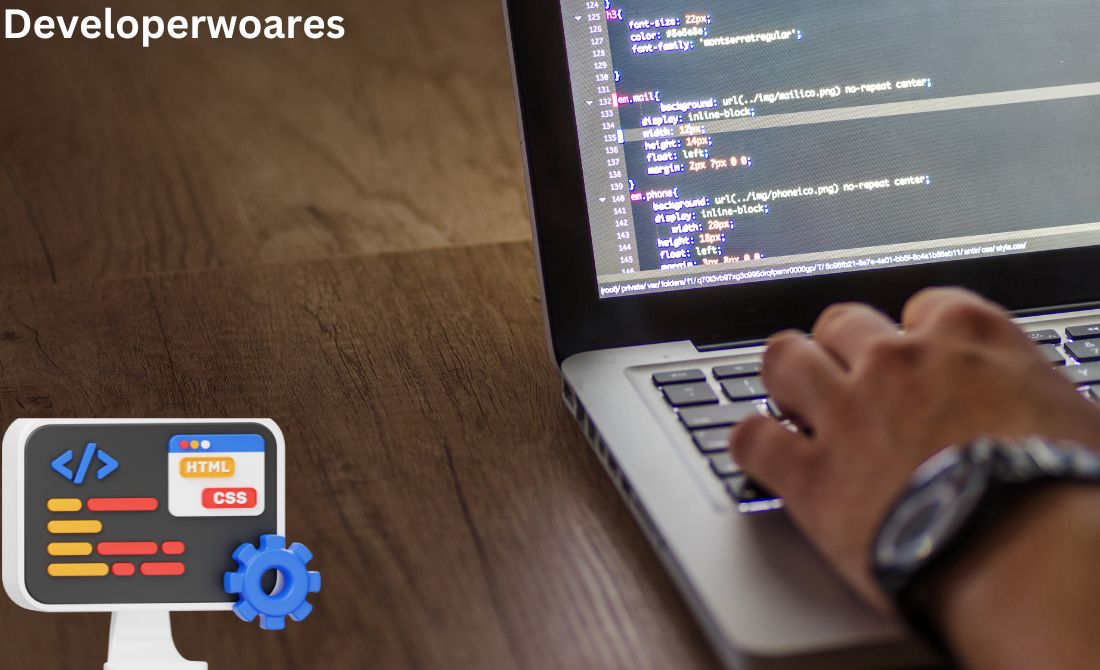HTML is probably familiar to everyone, even if you’re not a programmer. It is the most fundamental markup language and has been around since the nineties. CSS is something you may not be familiar with. Among the three main cornerstones of web technologies, CSS is an element of programming just as important as HTML and JavaScript.
If you are thinking about creating a website, you’ve probably encountered HTML and CSS. Each of these essential tools is essential to the creation of any webpage. Even though they’re often used together, they serve very different purposes when it comes to web coding.
It’s important to point out that both HTML and CSS are key to unlocking how the World Wide Web works, even though their differences lie in how they are implemented, easy to use, and structured. At the end of the day, HTML and CSS both play an important role in this process.
Exactly what is CSS?
A CSS file is a Cascading Style Sheet. Describes how HTML elements should be displayed properly on the screen for the user. HTML documents are styled using CSS. An easy way to make a website is by using cascading style sheets.
If HTML is the bones of the body, CSS is the skin. You can use it for background colors, styling, layout, borders, and shadowing – all the little design details that make your website look good. Using CSS, you can differentiate between presentation and content by modifying how HTML elements are displayed and designed. CSS is easy to learn and provides strong control over HTML documents. HTML and CSS are combined.
Exactly how does CSS work?
The CSS language uses a simple, English-based syntax with a set of rules that govern it. HTML was never intended to use style elements, only markup. Basically, it describes the content. As an example: <p>This is a paragraph.</p>.
But how should the paragraph be styled?
Using CSS, you can style elements in a document by changing their colors, fonts, and layouts. This style is defined in CSS rules, which are composed of a selector (defining the element or group of elements to be styled) and a declaration (defining the style). It is possible to write CSS rules in separate files, called stylesheets, and link them to HTML documents, or they can be included in HTML documents.
CSS and HTML differences
It is common for people to assume HTML and CSS are the same language, but they are actually quite different. Although they are often used together in coding and Web design, they can also be used separately, and both have a variety of applications. Check out these differences between HTML and CSS.
- Content and structure of a webpage are defined by HTML, while display and design are defined by CSS
- Therefore, HTML can incorporate CSS code into its files, but CSS cannot contain HTML within its sheets
- HTML has a set ‘type’ or ‘method’, whereas CSS can either be internal or external, depending on requirements
- The difference between HTML and CSS is that HTML cannot be used for presentation or visualisation
- CSS can sometimes be a bit more complicated and confusing than HTML when it comes to writing the language
- The HTML uses ‘tags’ to separate the content from the declaration, while CSS uses ‘selectors’.
CSS types
There are several ways in which developers might choose to structure their CSS:
CSS external
It follows the principle of keeping your content and presentation separate. CSS that is external is in a separate file, or style sheet, from the style you’re using.
Internal CSS
Using internal CSS, the CSS is defined within the <style> tag of an HTML document. This HTML file has separate CSS, but it is still in the same file.
Inline CSS
The CSS styles are directly inserted into HTML elements when you use inline CSS.
Learn CSS with these tips
CSS differs from a normal language not only because it is designed specifically for programming, but also because you do not need to memorize every property and value. However, you should be familiar with the fundamentals before diving into anything else, since it will make learning much easier for you.
HTML and CSS both appear complex from the outside. When you start using CSS, you’ll find that it’s very simple to understand, and that if you want to create accessible interfaces, CSS has a huge range of applications. CSS is an essential building block in UX design and interface creation.
In a world where coding languages such as CSS are becoming more important, it’s never been more beneficial to learn how to code and take advantage of the almost limitless opportunities CSS and HTML will offer. You can apply in developer roles or analytics roles, so you can discover a career that is fun, creative, and flexible.
Final words
We have discussed CSS in detail and how it contributes to the aesthetic of web pages:
CSS was designed to work with other markup languages, such as HTML. The purpose of it is to stylize a page. CSS can be implemented in three ways, and you can accord multiple pages simultaneously with the External style. Currently, CSS is as much a requirement as markup languages themselves, so you won’t find much without it.

